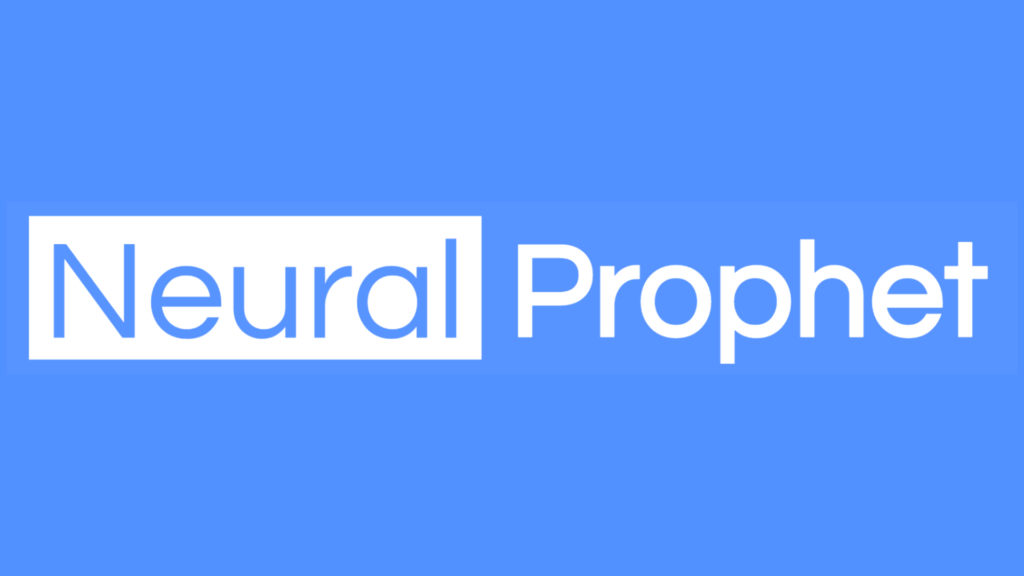‘Neural Prophet,’ a straightforward forecasting solution from Meta/Facebook AI, addresses some of the most common client needs by maximizing the scalability and flexibility of time series projections based on Meta’s own internal data scientists and requests from external industry practitioners. The growing data size needs new approaches, whether it’s forecasting infection rates for disease management programs or forecasting product demand to adequately store inventory.
Statistical models that rely on underlying data include the autoregressive integrated moving estimate (ARIMA) and the autoregressive state-space (ETS). They lack the development of frameworks to analyze this data and complex patterns, though.
Among both traditional easily understandable and contemporary deep learning models, there is indeed a big gap. The study conducted by Meta AI addresses this problem by arguing that hybrid models transcend the gap amidst the two. They’ve also come up with an improved solution: NeuralProphet. This program provides a scalable and user-friendly framework for hybrid forecasting models that build on the popularity of our open source forecasting library, Facebook Prophet, which was released in 2017.
NeuralProphet builds on Prophet by tackling the framework’s major weaknesses, such as extensibility, lack of local context for predictions, and forecast accuracy. NeuralProphet is highly scalable, easy to use, and extendable because it is built entirely in PyTorch and trained using typical deep learning methods.
In addition, NeuralProphet now includes support for local context, auto-regression, and lagged variables. By designing some model components as neural networks, NeuralProphet improves forecast reliability with a hybrid model.
What is the mechanism behind it?
Like Prophet, NeuralProphet blends traditional components with neural networks to provide very accurate time-series forecasts quickly. Experienced professionals can use a superset of bespoke modules thanks to the framework’s intelligent hyperparameter selection. Model weight, sparsification, and global modeling capabilities are all available through these bespoke modules.
As a module, any model component capable of Stochastic Gradient Descent (SGD) can be incorporated. This feature makes it straightforward to incorporate cutting-edge forecasting techniques into the framework.
NeuralProphet supports auto-regression and lagged covariates, as well as all of the original Prophet model’s components. As evidenced by scenarios involving energy usage, traffic patterns, air quality measurements, and other topics, most time series forecasting illustrates these dynamics.
Why NeuralProphet?
Prophet users have had challenges as a result of restrictions in core functionalities, such as the lack of local context. Prophet is a probabilistic programming language built on top of Stan. As a result, it was difficult to expand the original forecasting library. One of the most frequently requested features on GitHub is the ability to develop Prophet.
NeuralProphet replaces Stan with PyTorch, a flexible and user-friendly framework, and rebuilds Prophet from the ground up, solving the flaws. PyTorch makes it easy for developers to add new features to the framework and incorporate new research.
Upgrading Prophet to NeuralProphet gives frontline engineers and business leaders new insights that can help them improve a wide range of industrial applications.

Source: Marktechpost
